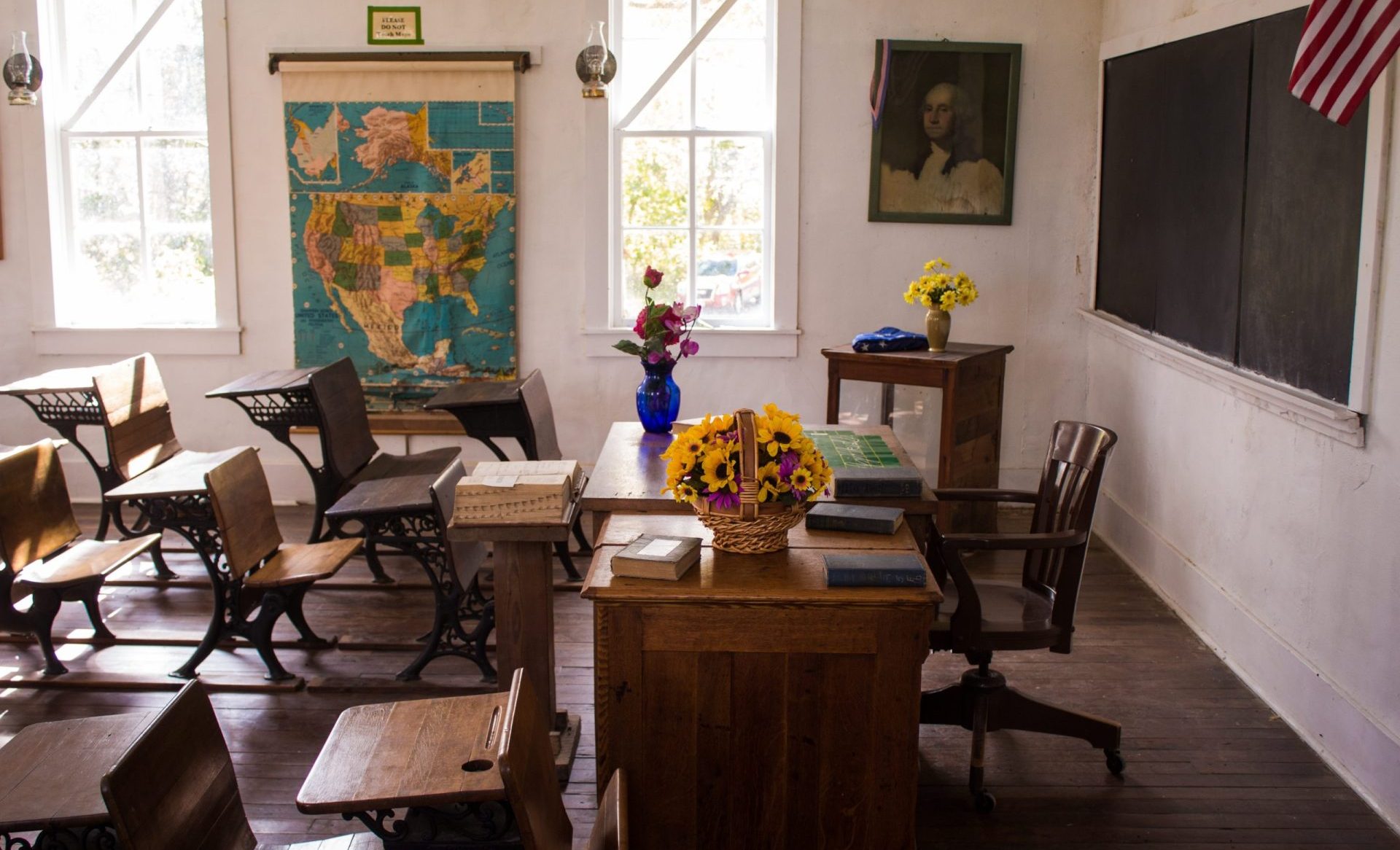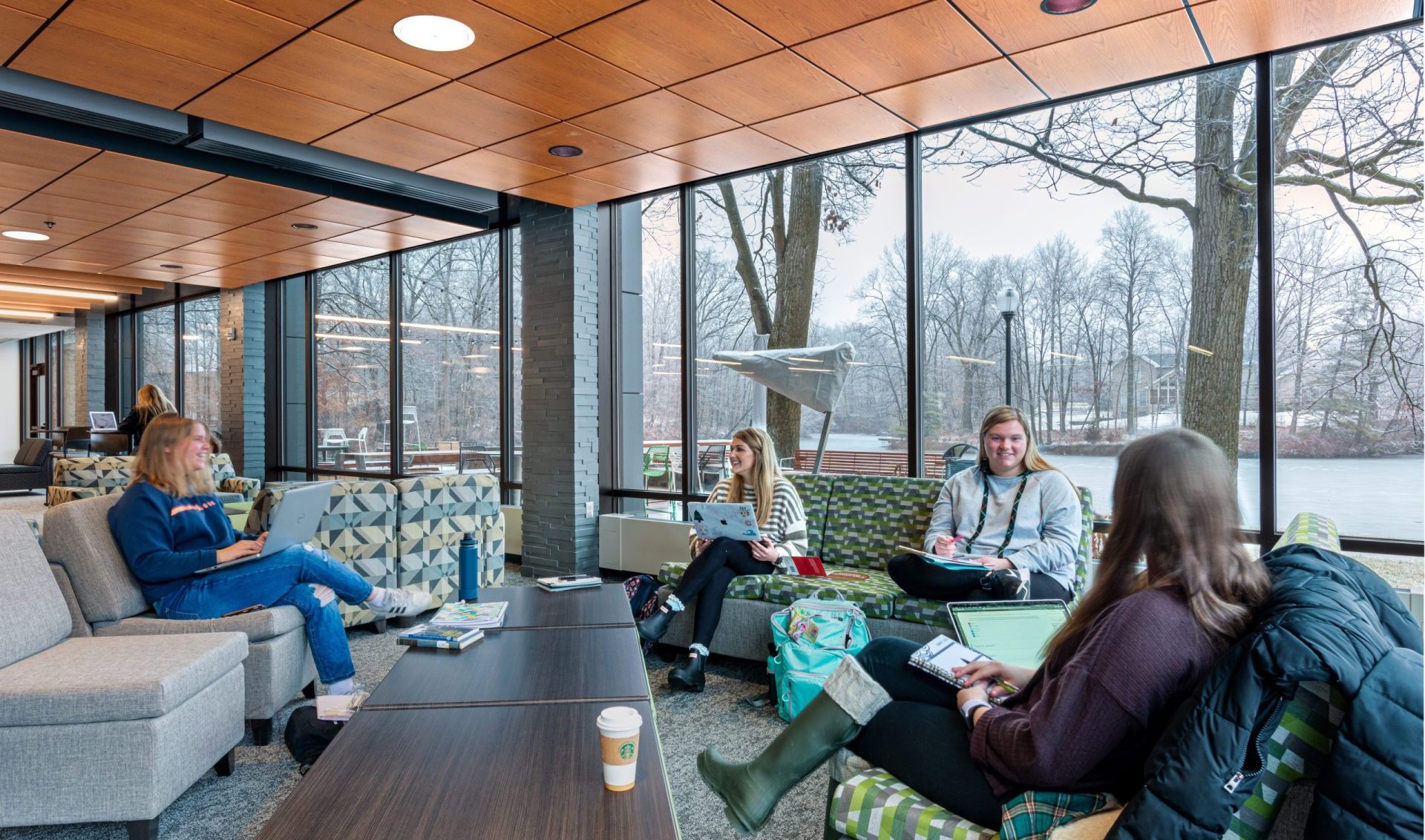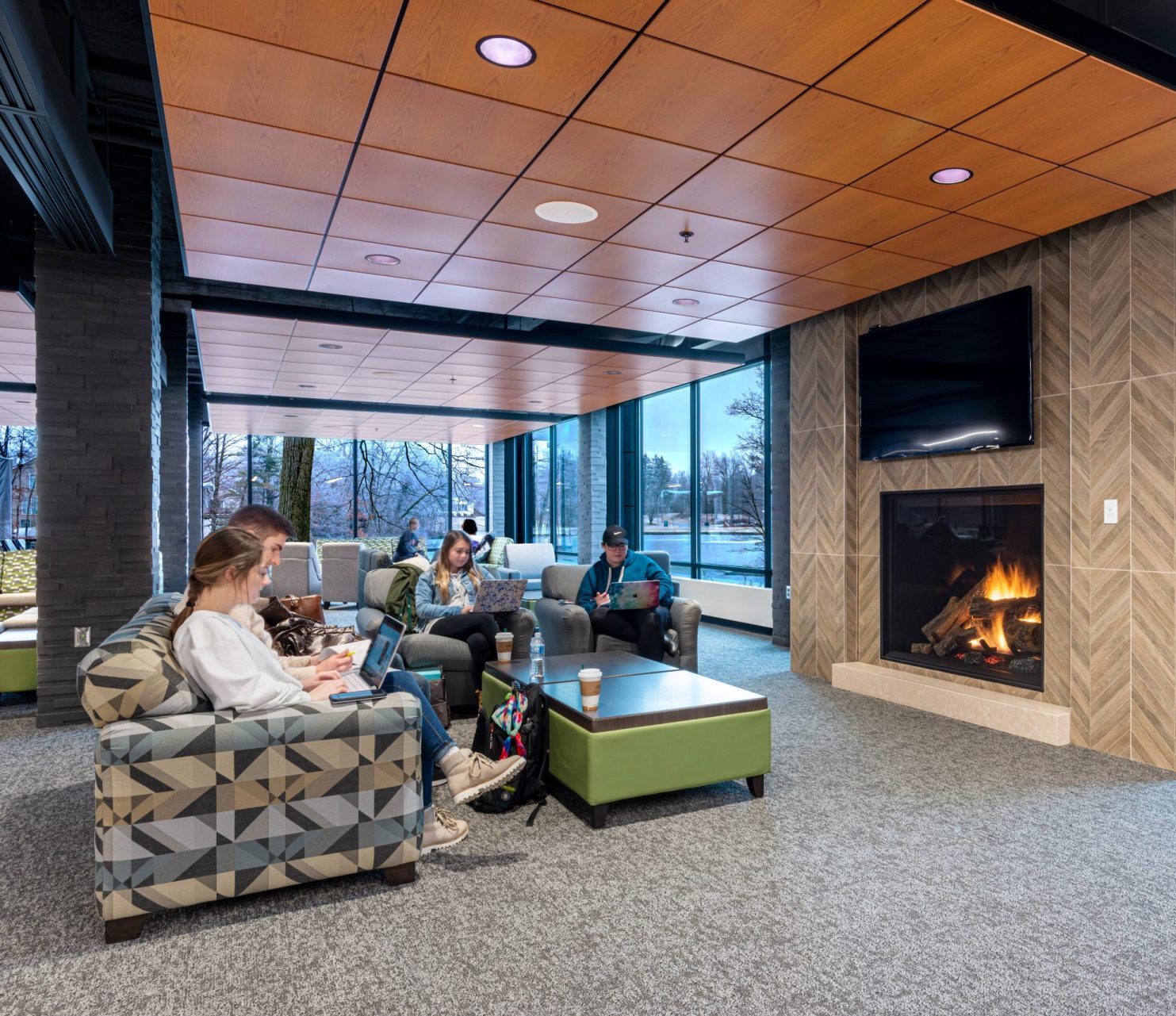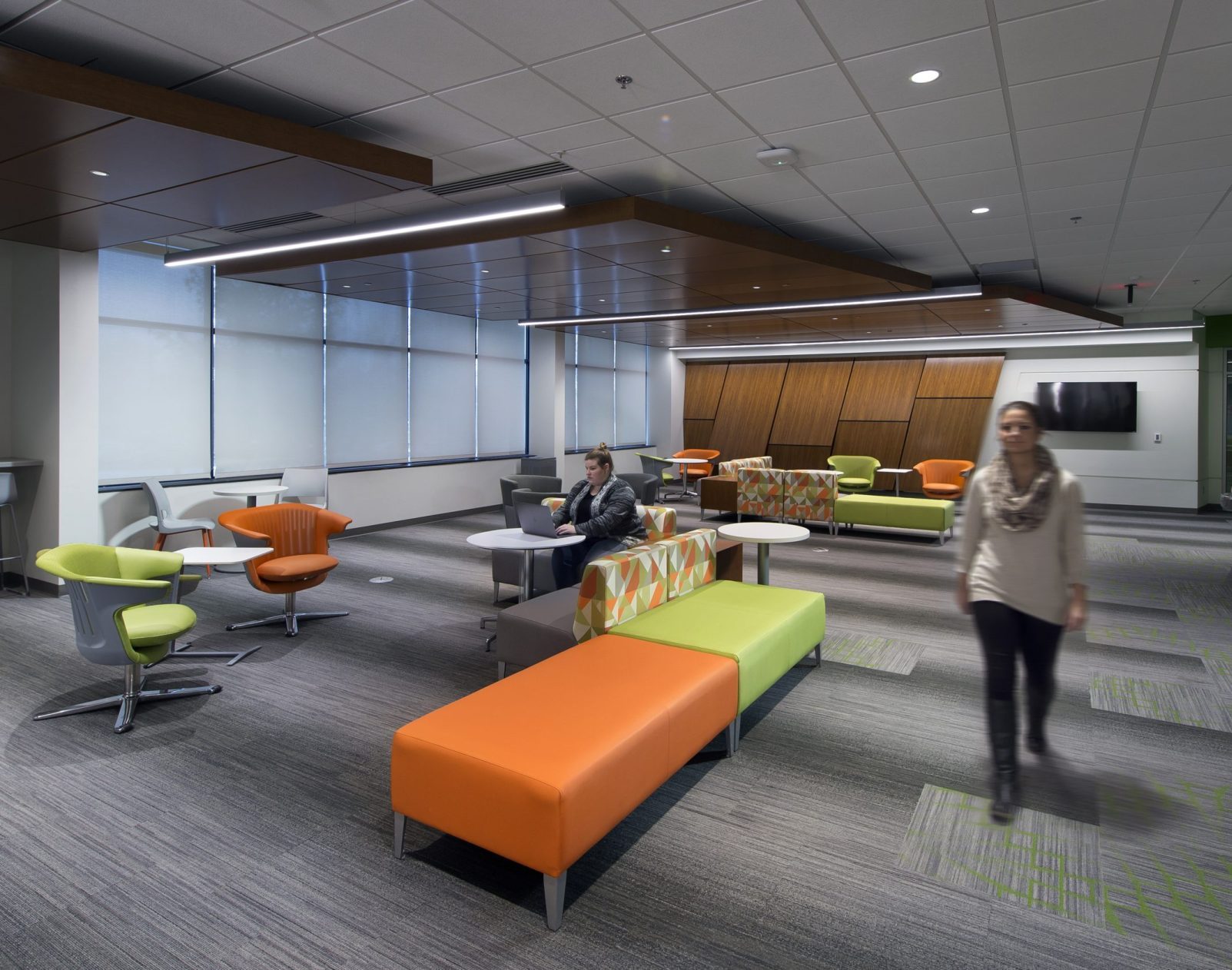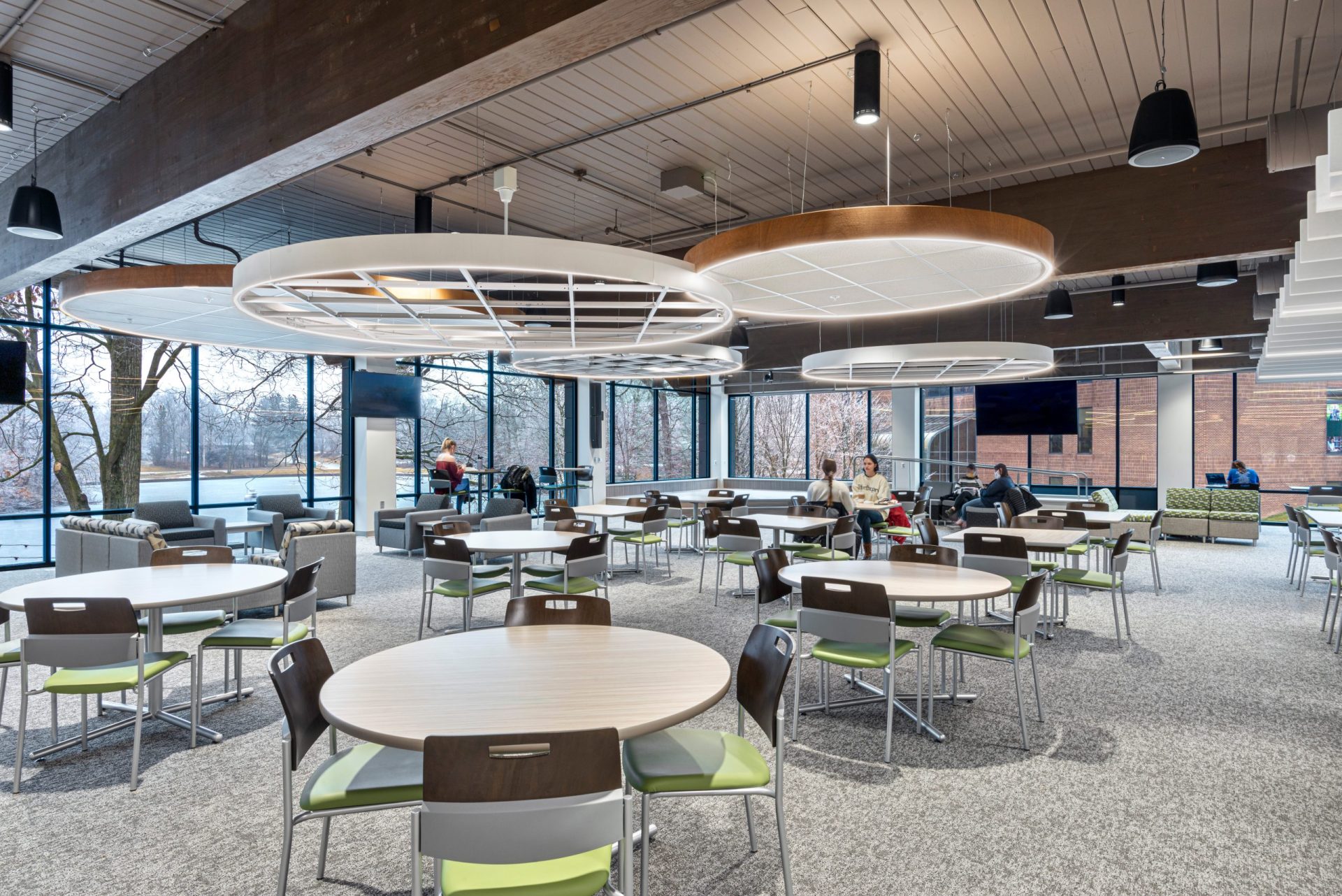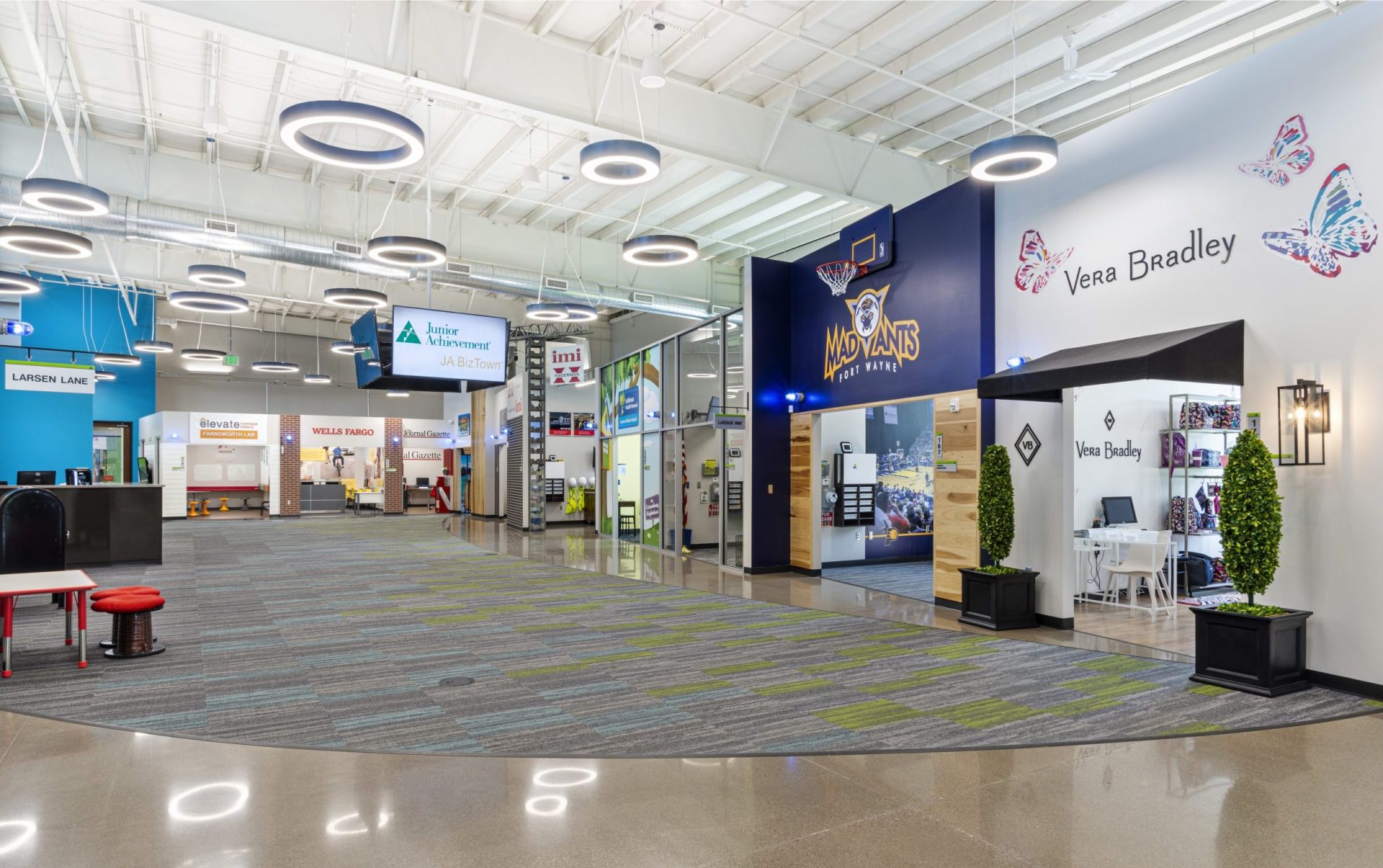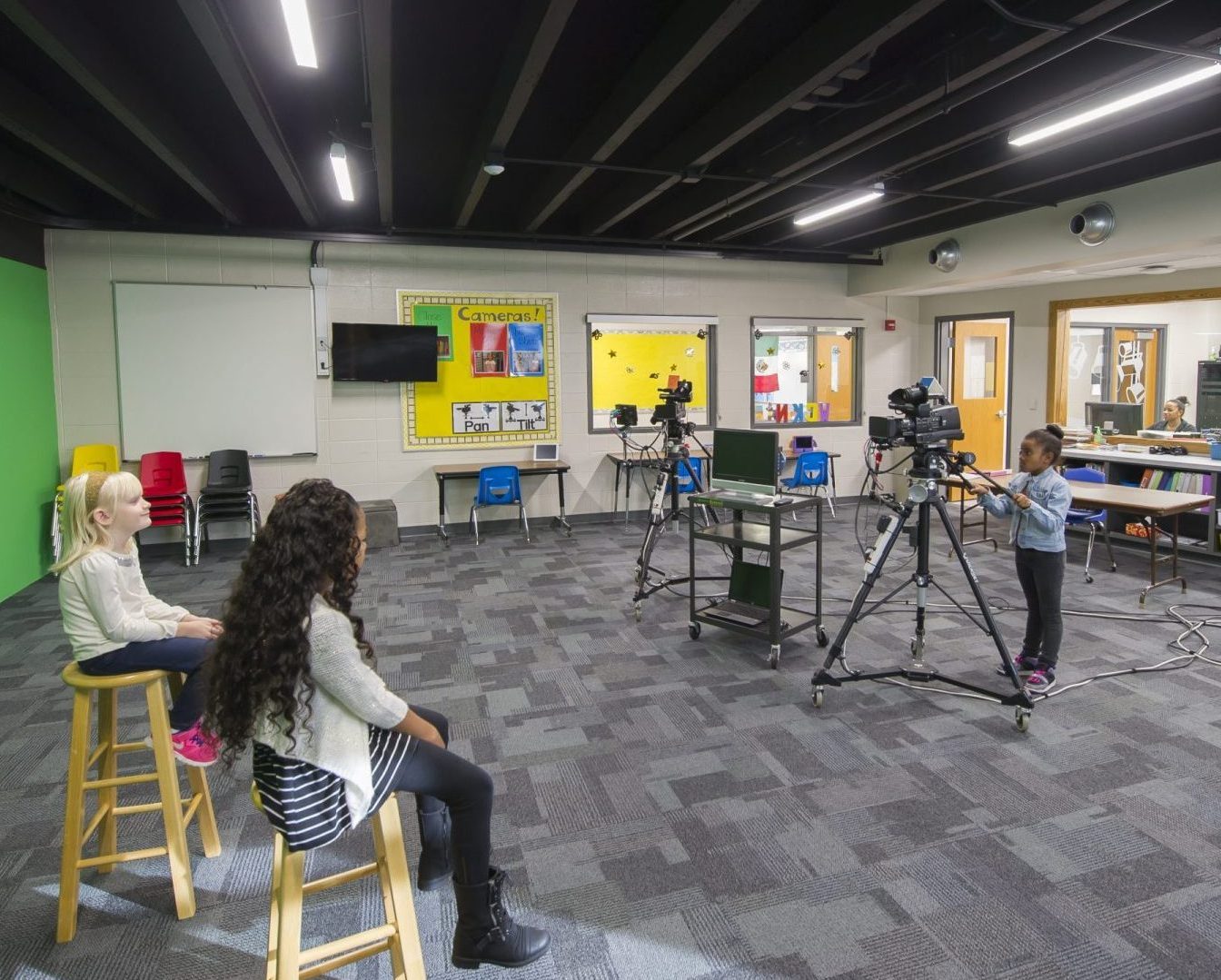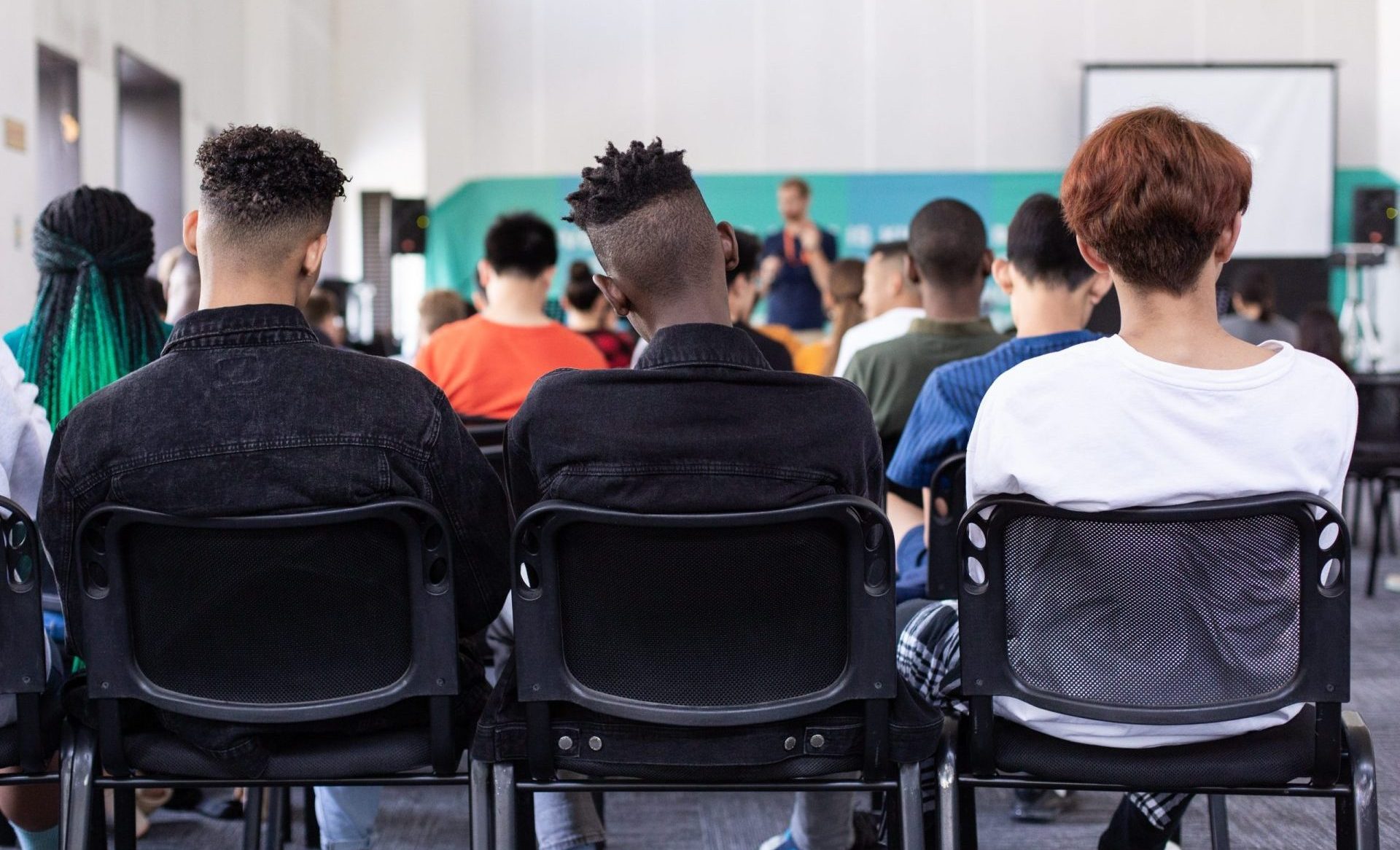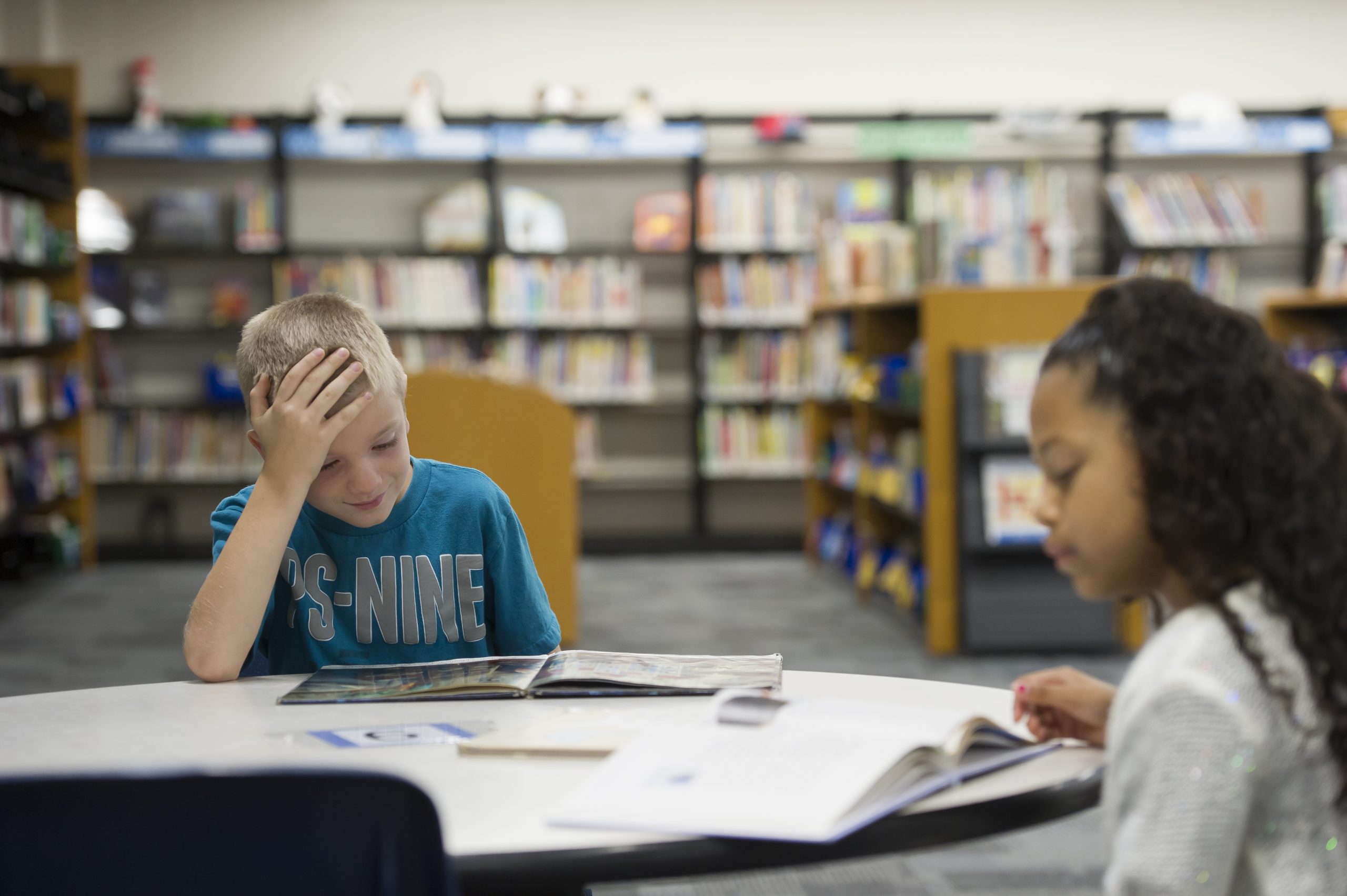When I Was in School…Today’s Learning Environment
By Jeremiah Hatfield, RA
March 2, 2022Post Tagged in
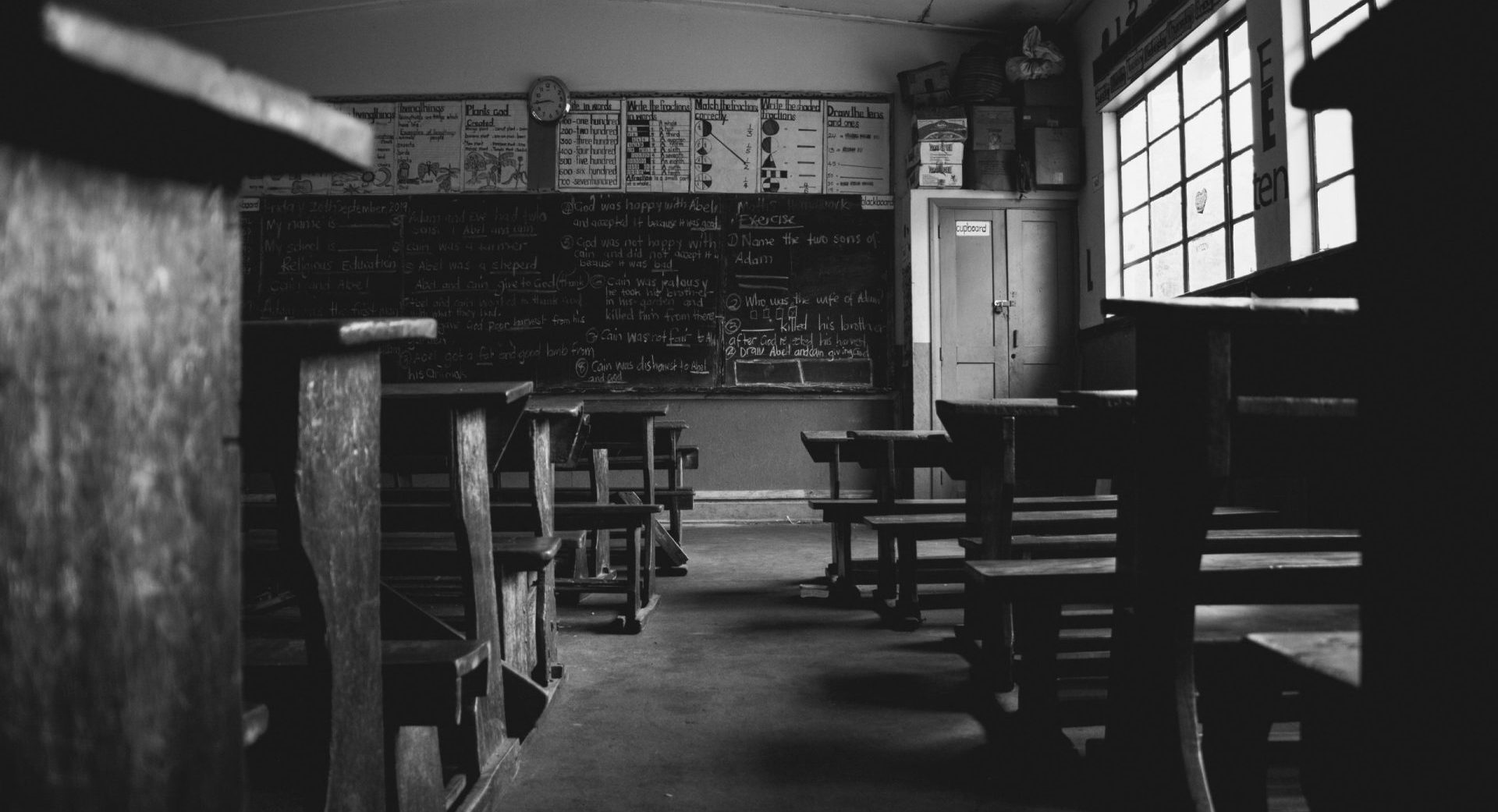 |
“When I was in school…” We’ve all heard this line before, and as a parent of four children I’ve said it more than I’ve heard it from others. We say it when things have changed. Do things change all that much though? Have enough things changed? As a designer for spaces of learning environments, let me share what we hope continues to change in these learning environments.
|

